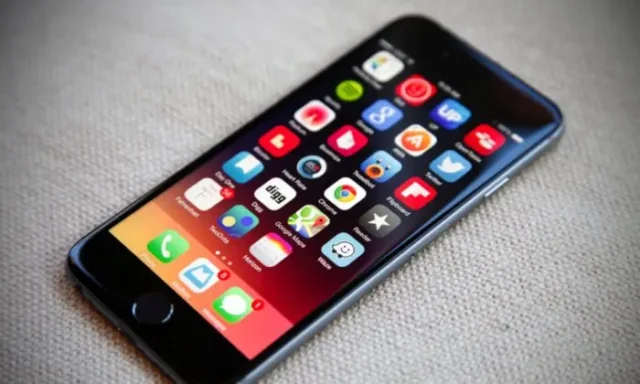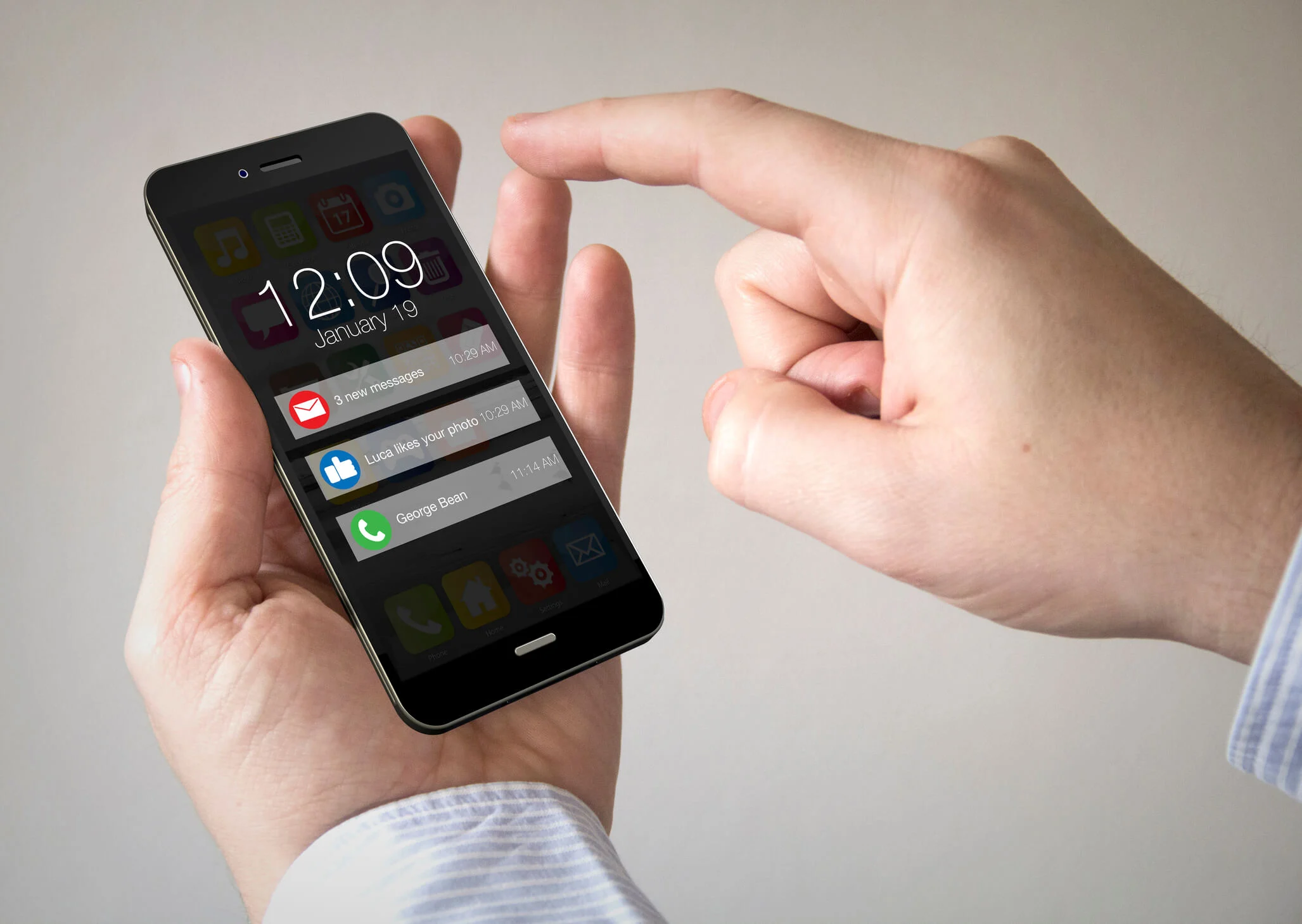In an age where users are inundated with information and distractions, keeping them engaged with your app can be a daunting task. One effective strategy that has emerged is the use of push notifications. These timely messages can drive user engagement, encourage app usage, and even foster customer loyalty. However, like any tool, push notifications need to be used thoughtfully to yield the best results. In this blog, we will explore how to effectively use push notifications to boost app engagement.

Table of Contents
Toggle1. Personalize Your Notifications
Personalization is key to capturing users’ attention. By tailoring push notifications to individual preferences, behaviors, and demographics, you can create a more relevant experience. Here’s how to personalize effectively:
- Segment Your Audience: Use user data to categorize your audience into different segments based on their behavior, preferences, and usage patterns.
- Use User Names: Including a user’s name in the notification can make it feel more personal and engaging.
- Relevant Content: Send notifications based on user activity, such as reminding them of items left in their cart or suggesting content based on their previous interactions.
2. Timing is Everything
The timing of your push notifications can significantly impact their effectiveness. To maximize engagement:
- Analyze User Behavior: Monitor when users are most active on your app and schedule notifications accordingly.
- Time Zone Awareness: Be mindful of different time zones if your app has a global user base. Schedule notifications to reach users during their active hours.
- Frequency Management: Avoid overwhelming users with too many notifications, which can lead to app uninstalls. Use frequency capping to find the optimal balance.
3. Create Compelling Content
The content of your push notification plays a critical role in encouraging users to engage with your app. Here are some tips to create compelling messages:
- Clear and Concise Messaging: Keep your notifications short and to the point. Users should quickly understand the value of the notification.
- Call to Action (CTA): Include a strong CTA that encourages users to take action, whether it’s to open the app, check out new content, or complete a purchase.
- Use Emojis Sparingly: Emojis can add personality to your notifications and make them stand out, but use them judiciously to avoid clutter.
4. Leverage Rich Media Notifications
Rich media notifications, which include images, videos, or interactive elements, can significantly enhance engagement. These types of notifications allow you to deliver more information and create a visually appealing experience. For example:
- Product Images: For e-commerce apps, including product images can entice users to make a purchase.
- Videos or GIFs: Short videos or GIFs can provide a sneak peek of new features or content, generating excitement.
- Action Buttons: Allow users to take action directly from the notification, such as RSVPing to an event or completing a purchase.
5. A/B Testing and Analytics
To understand what works best for your audience, implement A/B testing for your push notifications. This process involves sending different variations of notifications to segments of your audience and measuring their performance. Here’s how to approach A/B testing:
- Test Different Messages: Experiment with different messaging styles, CTAs, and personalization tactics.
- Analyze Engagement Metrics: Monitor open rates, click-through rates, and conversion rates to determine which notifications are most effective.
- Iterate and Optimize: Use the insights gained from testing to refine your push notification strategy continuously.
6. Encourage Opt-Ins
For push notifications to be effective, users need to opt in. Here are some strategies to encourage users to enable push notifications:
- Provide Clear Value: Clearly communicate the benefits of opting in, such as exclusive offers, important updates, or personalized content.
- Timing of the Prompt: Ask users to enable push notifications after they’ve had a positive experience with your app. This can be during onboarding or after completing a task.
- Offer Incentives: Consider offering incentives, such as discounts or exclusive content, to users who opt in to receive notifications.
7. Respect User Preferences
User preferences should always be respected when it comes to push notifications. Allow users to customize their notification settings and preferences, such as frequency, type of notifications they want to receive, and the option to opt out entirely. Providing this level of control can enhance user satisfaction and reduce uninstalls.
Conclusion
Push notifications are a powerful tool for boosting app engagement when used thoughtfully and strategically. By personalizing messages, timing notifications appropriately, creating compelling content, leveraging rich media, and respecting user preferences, you can significantly enhance user interaction with your app. Ultimately, the goal is to create a meaningful and engaging experience that keeps users coming back for more. With the right approach, push notifications can become a vital component of your app engagement strategy.


No responses yet